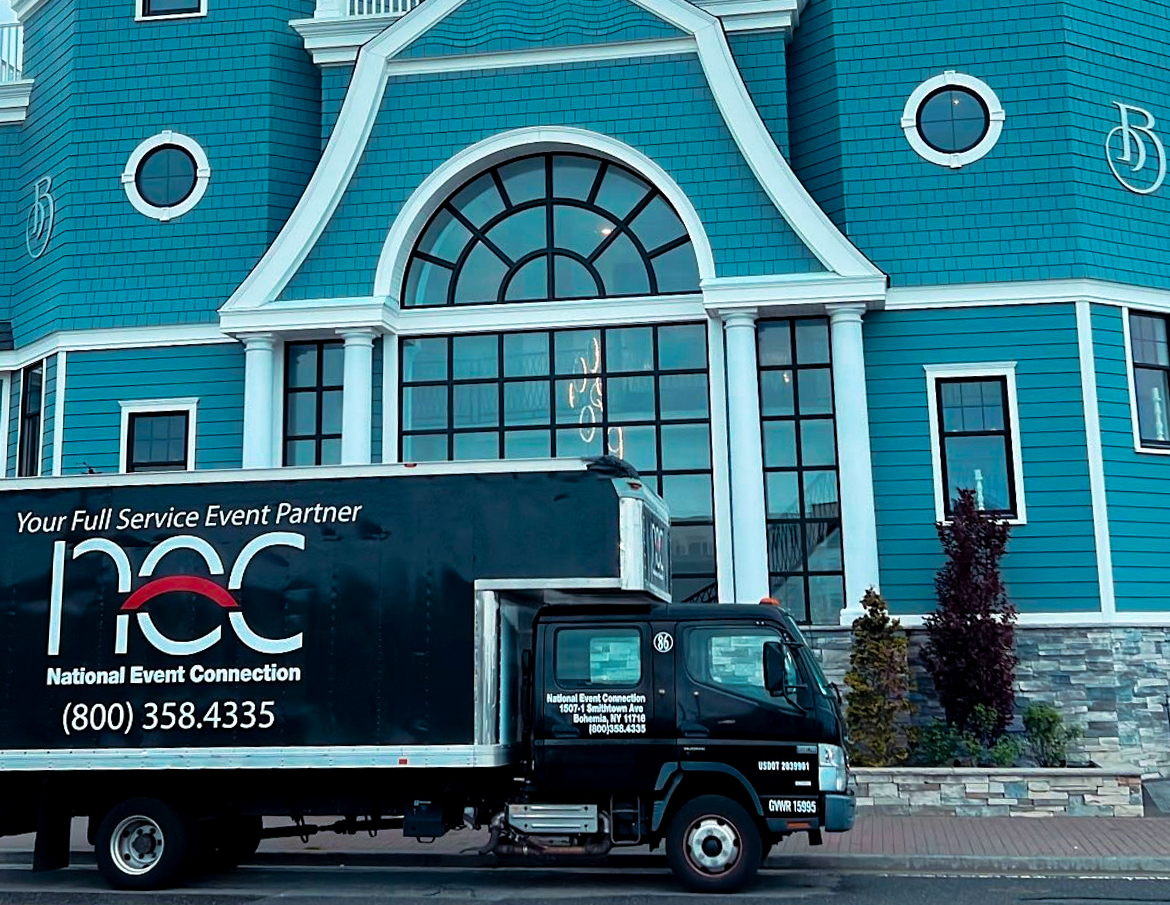Essential Tools for Efficient Event Management
Introduction to Event Management
In the dynamic field of event management, success is rooted in more than just basic planning. It demands a keen eye for detail, a proactive approach, and the ability to adapt quickly to changing circumstances. The right tools can transform a chaotic process into a well-coordinated effort. Whether you’re handling a corporate event, a wedding, or a public festival, the objective is to juggle multiple tasks seamlessly. Event production often involves dealing with numerous vendors, managing timelines, and ensuring effective communication among your team. With advancements in technology, a variety of tools are available to simplify these tasks, making the entire process more efficient. From digital documents for real-time updates to specialized software for registration and floor planning, the modern event manager has an array of resources to draw upon. Leveraging these tools not only enhances organization but also improves the overall experience for attendees, ensuring that every event runs smoothly and meets its intended goals.

Coordinating with Vendors Efficiently
Effective coordination with vendors is pivotal in ensuring the smooth flow of any event. Clear communication is essential to maintaining a strong relationship with your vendors and aligning all parties with the event objectives. Begin by compiling comprehensive contact lists, and schedule regular check-ins to address any concerns or updates. Setting clear setup deadlines will help keep everyone on track. For larger venues like convention centers, equipping your team with walkie-talkies ensures real-time communication, allowing you to address on-site issues promptly. This proactive approach not only helps in managing immediate needs but also builds a reliable network of vendors who understand your standards and expectations.
Making Use of Dynamic Documents
Dynamic documents, such as Google Docs, are essential for maintaining flexibility in event management. These tools allow all team members to make real-time updates, ensuring everyone has the latest information as it becomes available. The ability to see live changes means that any adjustments, whether minor or significant, are immediately reflected for all stakeholders. This is particularly valuable when dealing with unexpected changes or last-minute requests, allowing for a swift and coordinated response. By centralizing information in a single, accessible document, you reduce the risk of miscommunication and ensure that everyone involved in the event is aligned with the current plans and timelines. Additionally, features like comment threads and task assignments further enhance team collaboration, making it easier to track progress and address any issues promptly. Dynamic documents offer a reliable way to manage the fast-paced nature of event production, keeping your team organized and informed at all times.
Tools for Event Registration
Efficient registration is a cornerstone of event management. Tools like EventDex and Whova streamline the sign-up process, facilitating seamless registration for attendees. Additionally, these platforms enhance interaction between sponsors and attendees, providing a platform for meaningful connections. As an alternative, Eventbrite offers features that can boost your marketing efforts by integrating with platforms like Zoom and Vimeo, enabling seamless connectivity for virtual sessions while also offering marketing and communication tools that leverage Facebook's community to target past attendees or lookalike audiences. Eventbrite's integration with these platforms ensures your event listing is robust and interconnected.
Tools for Organization
Effective organization is a cornerstone of successful event management. Tools like Google Sheets and Excel provide a robust platform for tracking various aspects of your event, from guest lists to budgets. These spreadsheet applications allow for easy data manipulation and sharing, enabling real-time collaboration among team members. By using these tools, you can ensure that all pertinent information is easily accessible and up-to-date.
One key advantage of Google Sheets is its cloud-based nature, which allows for seamless updates and access from any location. This feature is particularly useful when multiple people need to view or edit the same document simultaneously. Excel, on the other hand, offers advanced features like pivot tables and complex formulas, making it ideal for more detailed financial tracking and data analysis.
Additionally, both tools support conditional formatting, which can help you quickly identify and prioritize tasks. For instance, you can highlight overdue tasks in red or mark completed tasks in green, giving you a visual overview of your progress. This kind of organization is crucial for maintaining efficiency and ensuring that no detail is overlooked.
Integrating these tools into your workflow can significantly streamline your event planning process, making it easier to manage everything from vendor contracts to seating arrangements. Effective use of these organizational platforms can help keep your event on track and within budget.
Designing Floor Plans
Visualizing the layout of your event is essential for effective planning. The use of tools like 3D Event Designer allows you to create detailed floor plans, helping you optimize the flow and aesthetics of your space. Event floor plan apps simplify and accelerate the design process, freeing up time for other essential tasks such as marketing and logistics. This approach not only saves time but also enhances the overall experience for attendees by ensuring a well-thought-out layout.
Tools for Design and Rendering
For intricate booth setups and elaborate event spaces, having the right design and rendering tools is crucial. Adobe Dimensions stands out as a powerful resource, offering a detailed visual representation that helps translate your vision into reality. With this tool, you can create precise 3D models of your event layout, allowing you to fine-tune every detail well in advance. This capability is invaluable for communicating design concepts to stakeholders and ensuring everyone is on the same page.
One of the major benefits of using Adobe Dimensions is its user-friendly interface, which makes it accessible even for those who might not have a background in design. You can easily drag and drop elements to build your scene, apply realistic textures, and adjust lighting to see how everything will look under different conditions. This level of detail not only aids in planning but also helps in identifying potential issues that might arise during setup, thus saving time and resources.
Additionally, the software supports integration with other Adobe Creative Cloud tools, such as Photoshop and Illustrator, providing a seamless workflow for those already familiar with Adobe’s ecosystem. This integration allows you to incorporate custom graphics and logos into your designs effortlessly, enhancing the overall aesthetic of your event.
Whether you’re working on a trade show booth, a stage design, or an interactive exhibit, Adobe Dimensions offers the flexibility and precision needed to bring your ideas to life. Its robust features ensure that your event setup is meticulously planned and executed, leaving no room for last-minute surprises. By investing in such advanced tools, you enhance your ability to deliver a visually stunning and well-organized event.
Additional Helpful Tools
Navigating the multifaceted landscape of event management can be streamlined with several additional tools. Platforms like Webex Events offer comprehensive solutions for hybrid and virtual events, providing features such as Video Rooms, advanced analytics, and customizable mobile apps that enhance both in-person and digital experiences.
Consider using Asana or Trello for project management to help keep tasks organized and ensure deadlines are met. These platforms allow you to create task lists, assign responsibilities, and track progress in real-time, making it easier to stay on top of every detail.
For ticketing and audience engagement, Ticketmaster and Cvent are reliable options. These platforms not only manage ticket sales but also offer features like attendee tracking and feedback collection, which can be invaluable for improving future events.
If you need real-time social media engagement, consider tools like Hootsuite or Buffer. These platforms enable you to schedule posts, monitor engagement, and respond to attendees promptly.
For financial management, QuickBooks can simplify budgeting and expense tracking, ensuring that your event stays within budget.
Finally, consider integrating Slack for team communication. With channels dedicated to different aspects of your event, you can facilitate seamless, instant communication among team members, vendors, and stakeholders.
By incorporating these additional tools into your event management strategy, you can tackle the various challenges that arise and deliver a successful event.
Wrapping Up
Efficient event management relies on the strategic use of advanced tools and technologies. By integrating platforms for vendor coordination, dynamic documents, and registration, you ensure that every detail is meticulously organized. Tools like Google Sheets and Excel provide a robust framework for tracking data, while design software such as Adobe Dimensions allows for precise visual planning. Event-specific applications, from 3D Event Designer for floor plans to Hootsuite for social media engagement, enhance various facets of event production. Additionally, project management tools like Asana or Trello keep tasks on track and facilitate seamless team collaboration. Leveraging these technologies can transform your planning process, resulting in a smoother, more successful event.










